The first documented discovery of ‘extreme corals’ in mangrove lagoons around Australia’s Great Barr
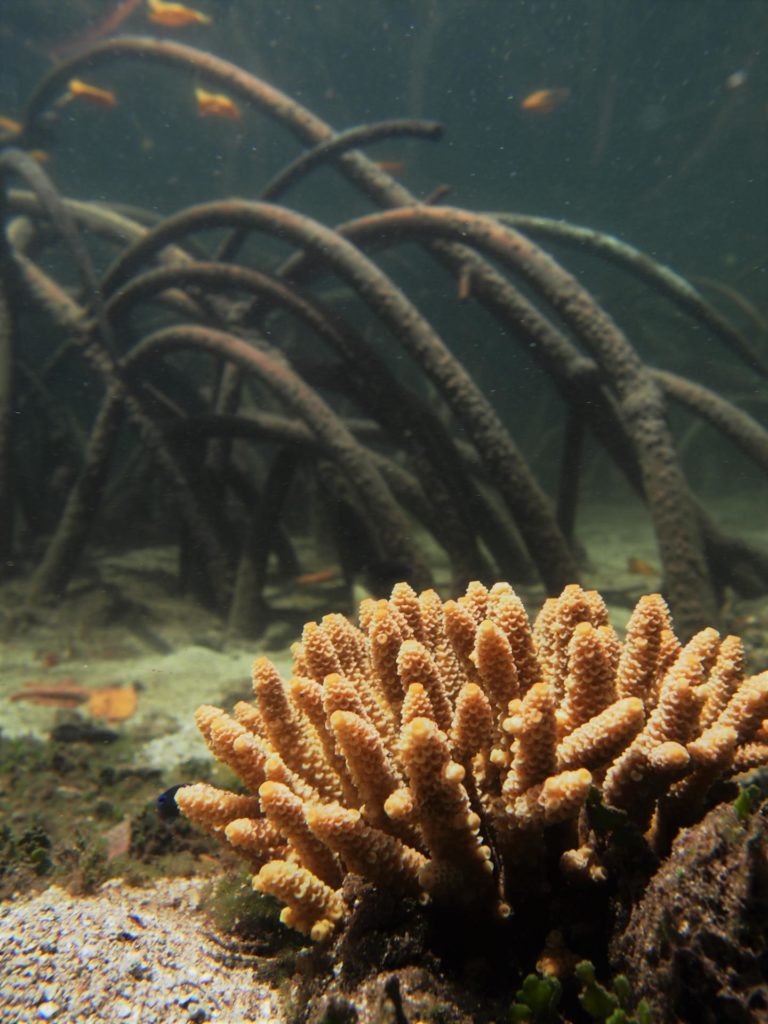
news, journals and articles from all over the world.

The first documented discovery of ‘extreme corals’ in mangrove lagoons around Australia’s Great Barr
Researchers discover ‘remarkably complete’ cranium of Australopithecus anamensis
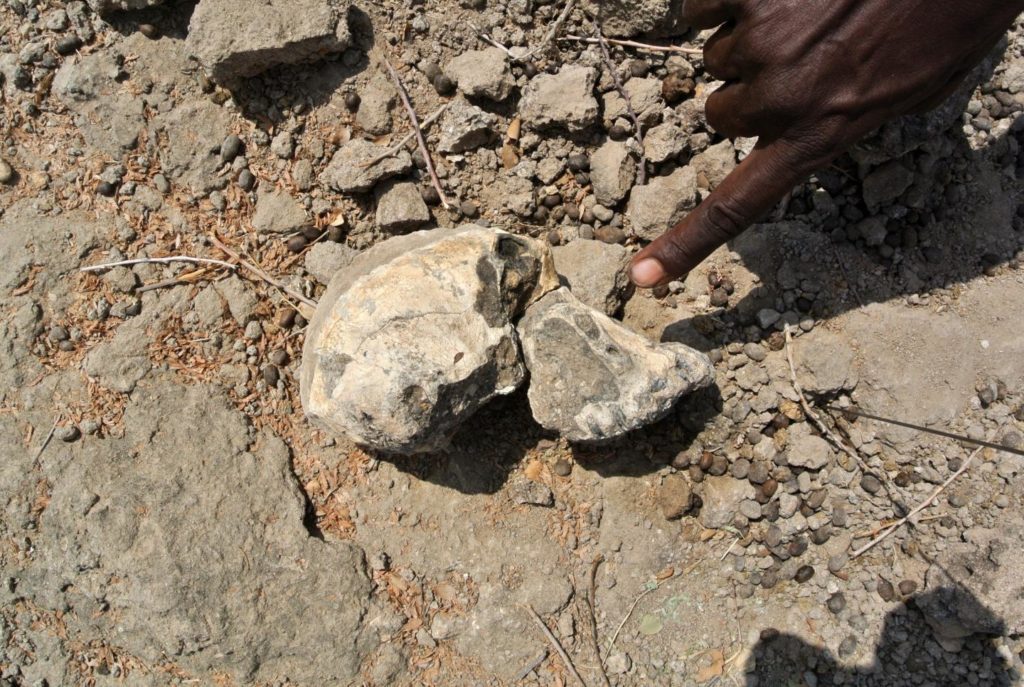
Researchers discover remarkably complete 3.8-million-year-old cranium of Australopithecus anamensis
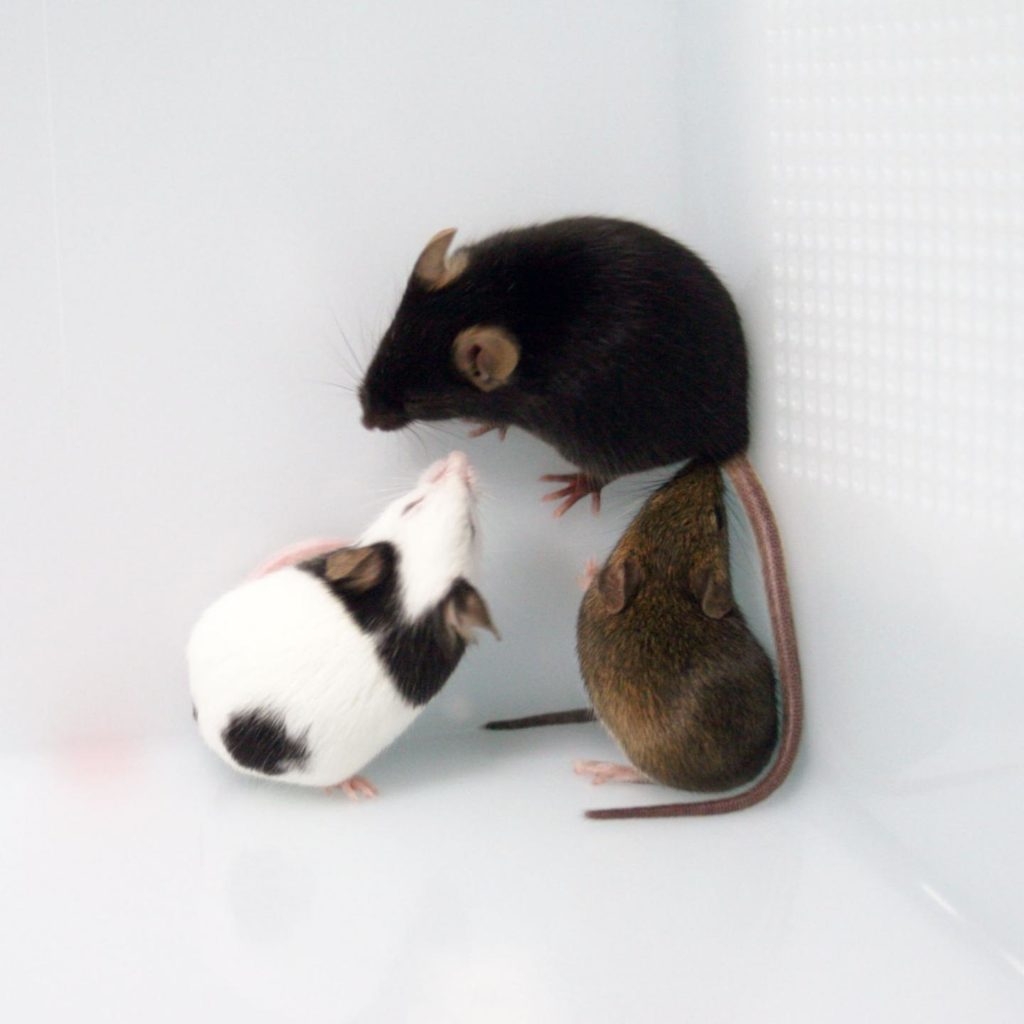
Study reveals true cause of colorful hair on popular East Asian pet mice
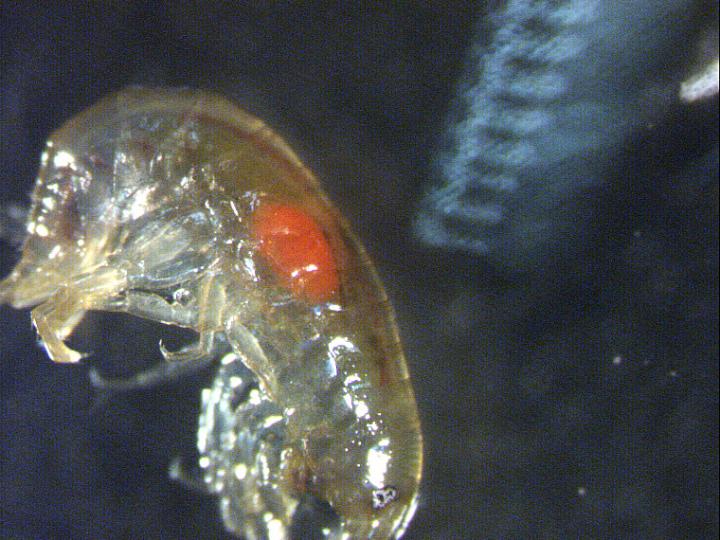
Study by the University of Bonn sheds light on the arms race between parasites and their victims
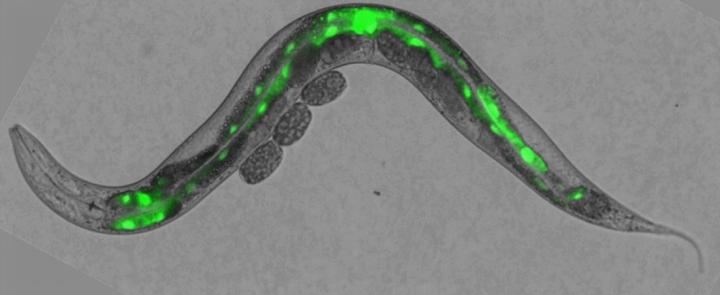
PIM kinases are enzymes that are evolutionarily well conserved in both humans and nematodes. Led by Dr Päivi Koskinen, a research group from the Department of Biology of the University of Turku in Finland has previously proven that PIM kinases…
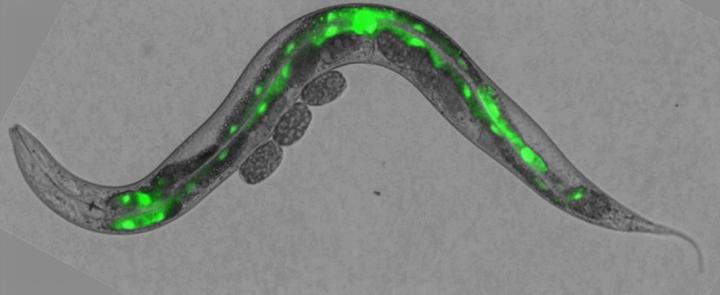
PIM kinases are enzymes that are evolutionarily well conserved in both humans and nematodes. Led by Dr Päivi Koskinen, a research group from the Department of Biology of the University of Turku in Finland has previously proven that PIM kinases…
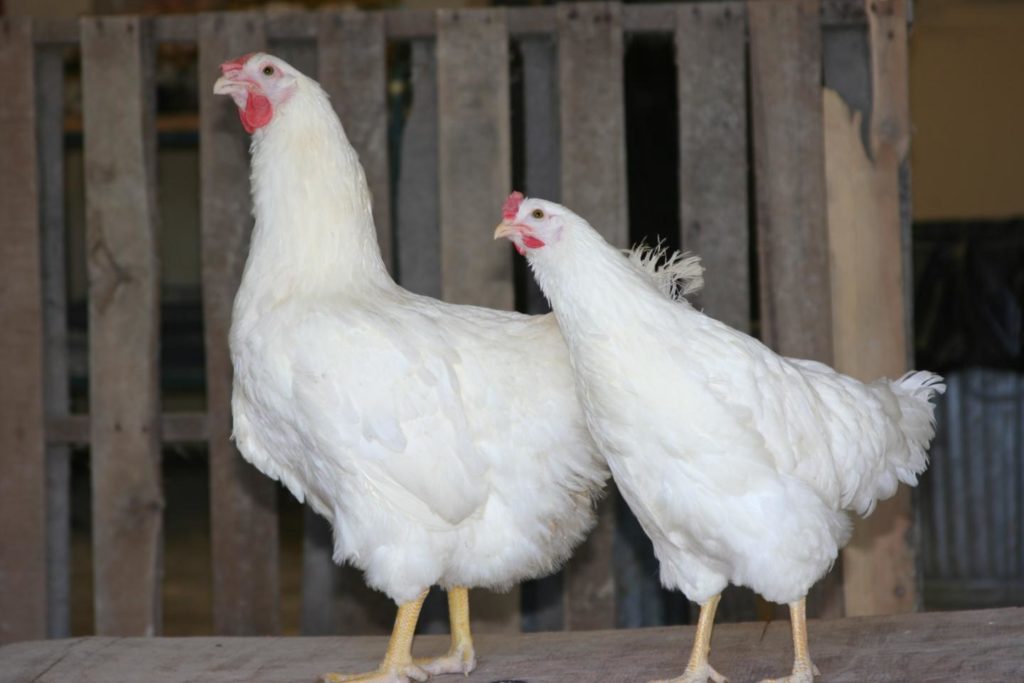
A new study examines the historical and genetic origins of the White Plymouth Rock chicken, an important contributor to today’s meat chickens (broilers). Researchers at Uppsala University in Sweden, The Livestock Conservancy and Virginia Tech in the USA have used…
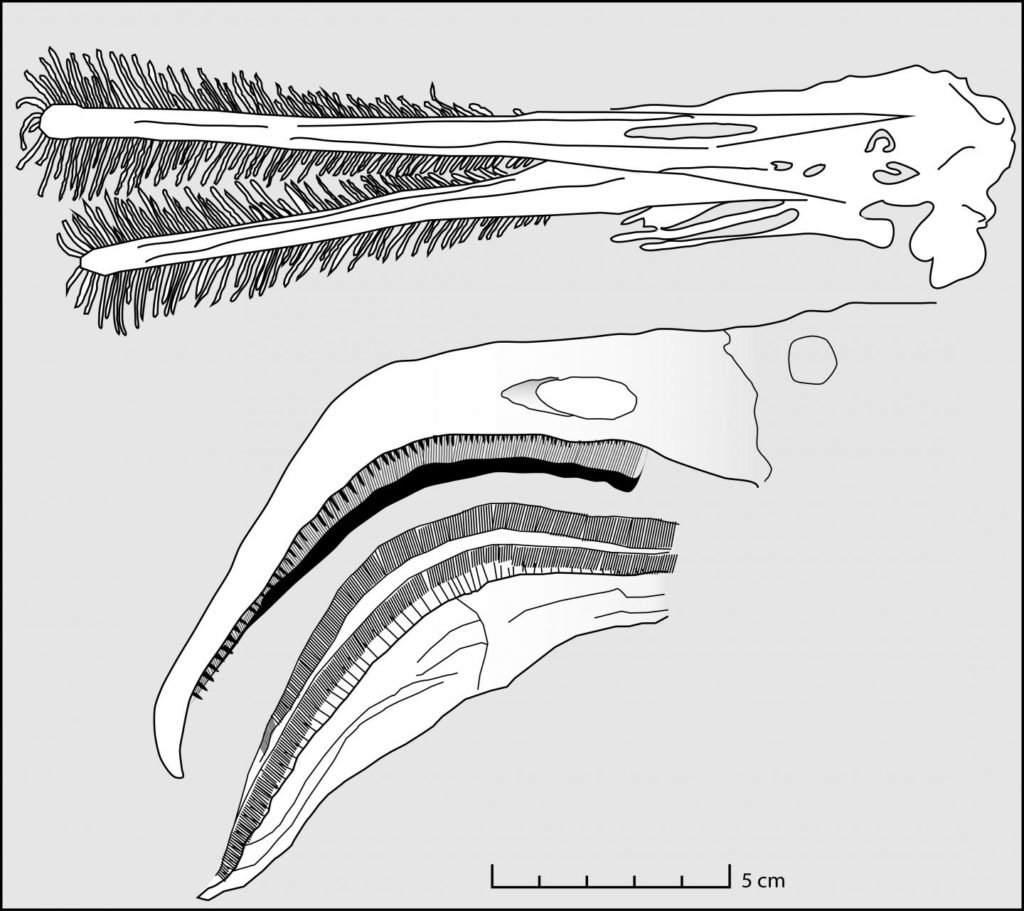
Modern flamingoes employ filter feeding and their feces are, as a result, rich in remains of microscopically-small aquatic prey. Very similar contents are described from more than 150 million year old pterosaur droppings in a recent paper in PeerJ .…
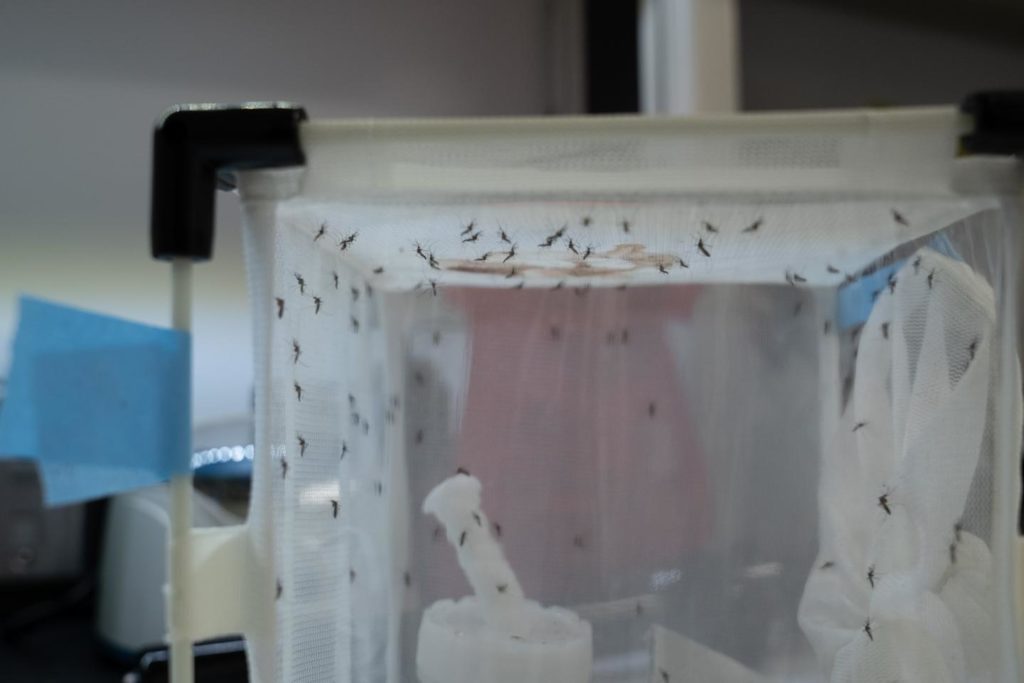
UNIVERSITY PARK, Pa.–To reduce transmission of dengue to humans, scientists have introduced Wolbachia bacteria to A. aegypti mosquitoes. Now a team of international researchers has found that Wolbachia’s ability to block virus transmission may be maintained by natural selection, alleviating…
Targeting the mosquito population within a defined area is the primary way scientists and public health officials mitigate the spread of diseases caused by viruses like Zika, dengue fever, and West Nile. But researchers have discovered that evaluating how humans…

The evolutionary process that occurs when a species colonizes a new environment provides an opportunity to explore the mechanisms underlying genetic adaptation, which is essential knowledge for understanding evolution and the maintenance of biodiversity. An international team of scientists, led…
While analyzing interactions between parasites and hosts, a substantial amount of research has been devoted to studying the methods parasitic organisms use to control host behavior. In “Invisible Designers: Brain Evolution Through the Lens of Parasite Manipulation,” published in the…
pioneer study now published in Proceedings of the National Academy of Science – USA, the research te
Eumelanin – a natural pigment found for instance in human eyes – has, for the first time, been identified in the fossilized compound eyes of 54-million-year-old crane-flies. It was previously assumed that melanic screening pigments did not exist in arthropods.…
Museum collections reveal the new leech has hidden in plain sight for decades

Ohio University researcher publishes landmark review of the Great Ordovician Biodiversification Even
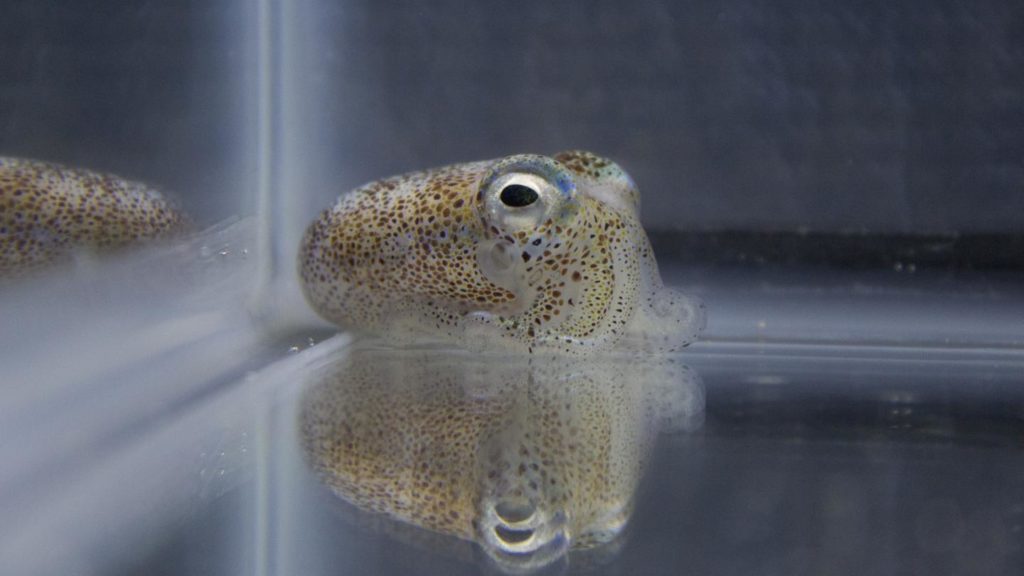
The molecular mechanism used by many bacteria to kill neighboring cells has redundancy built into its genetic makeup, which could allow for the mechanism to be expressed in different environments. Some strains of luminescent bacteria that compete to colonize the…
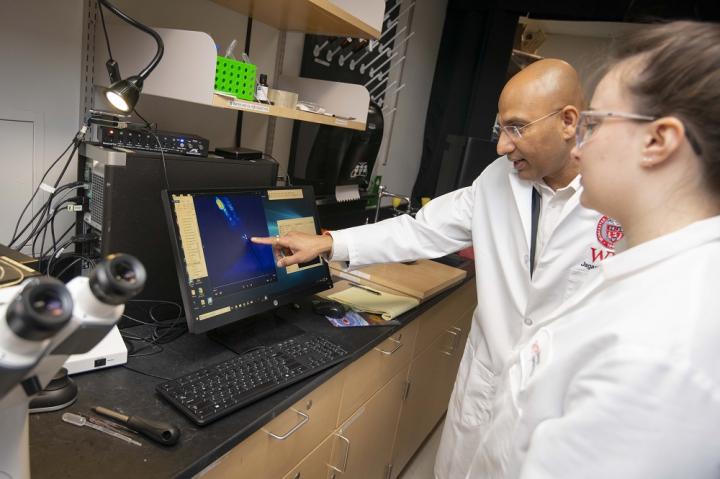
Worcester, Mass. – August 15, 2019 – A biologist at Worcester Polytechnic Institute (WPI) has shown that a key biological component in a worm’s communication system can be repurposed to take on a different job, a critical finding about the…

A new sphenodontian from Brazil is the oldest record of the group in Gondwana
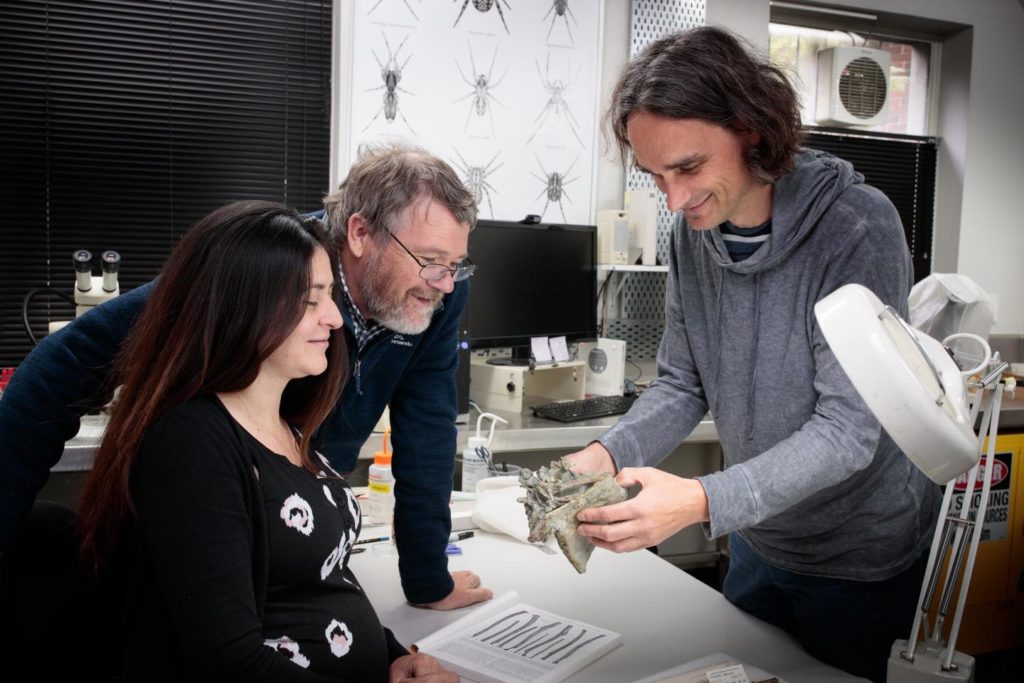
Gigantic prehistoric penguin had close Antarctic relative
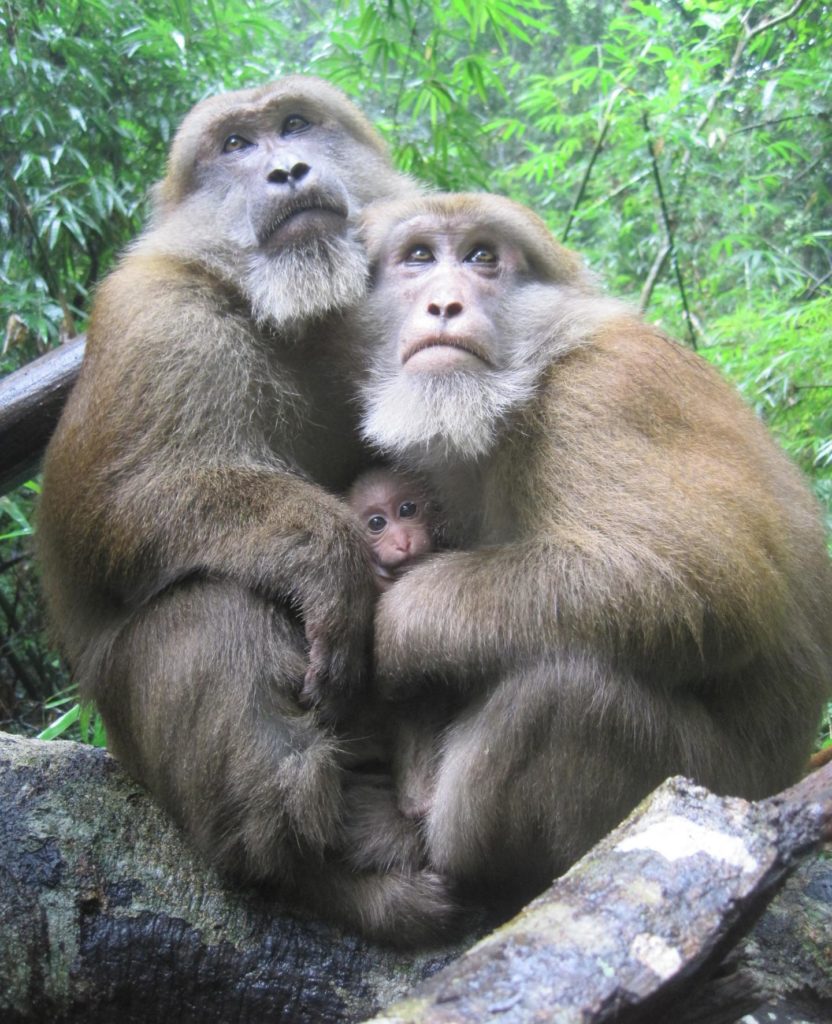
Göttingen behavioral scientists tested biological principle on free-living Assamese macaques
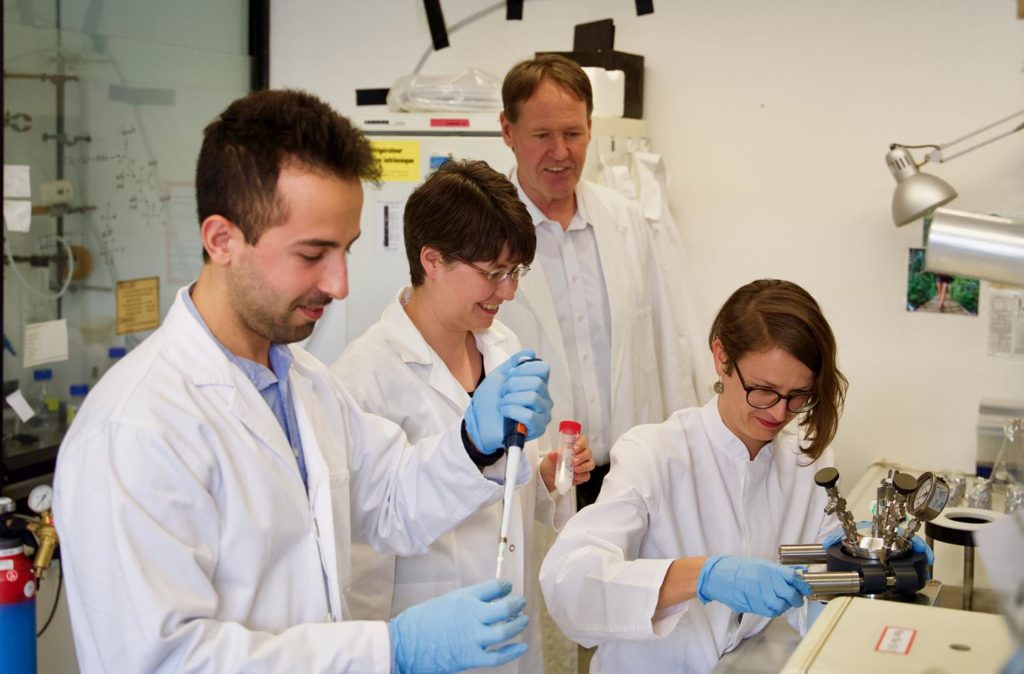
Volkswagen Foundation to provide funding of EUR 1.5 million
Bats with skulls and teeth adapted to a wide range of diets are helping scientists understand how major groups of mammals first evolved. ***A video quiz of the bats is available to embed from: https:/ / www. youtube. com/ watch?v=…
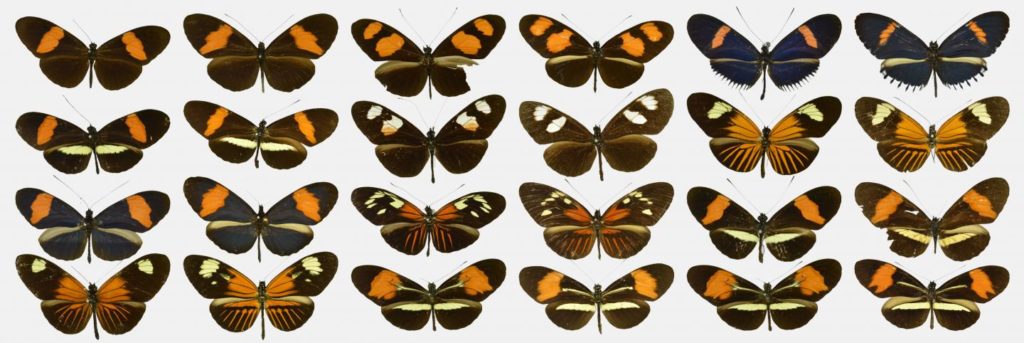
Researchers have used artificial intelligence to make new discoveries, and confirm old ones, about one of nature’s best-known mimics, opening up whole new directions of research in evolutionary biology. The researchers, from the University of Cambridge, the University of Essex,…
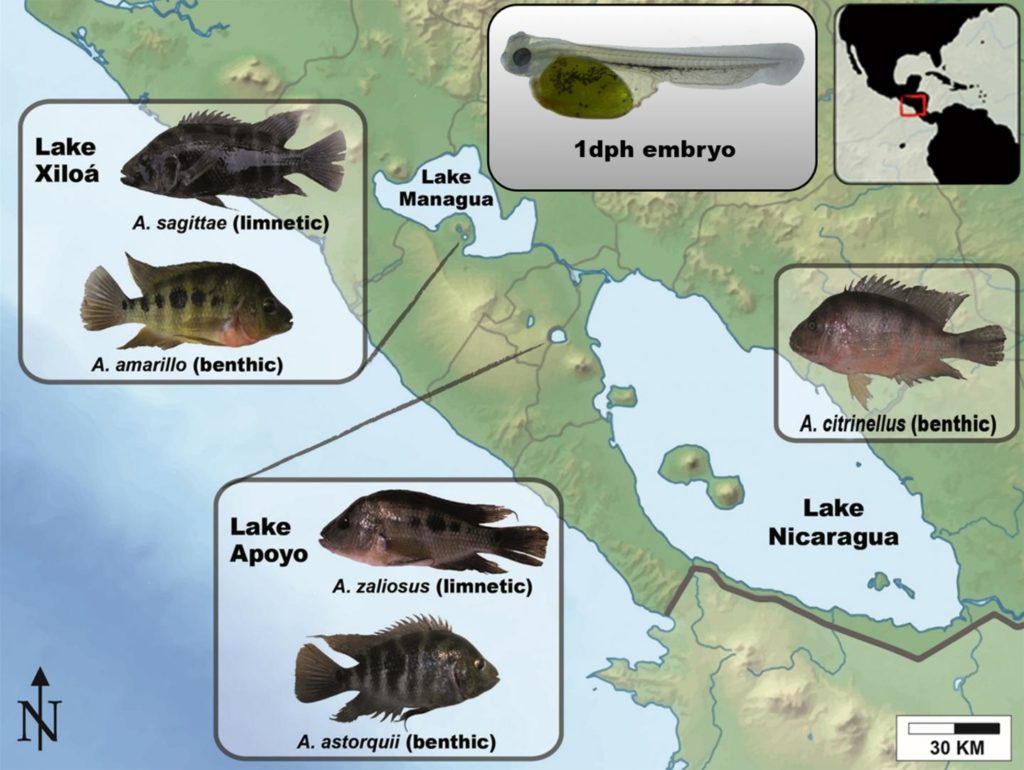
The mechanisms by which new species arise are still not fully understood. What are the evolutionary processes that drive the evolution of new species? Evolutionary biologists traditionally assumed that geographical barriers between animal populations play a decisive role (allopatric speciation):…

An ecologist from Stony Brook University, a theoretical physicist from University of Colorado Boulder and a chemical biologist from Harvard University Three female scientists have been named Laureates of the Blavatnik National Awards for Young Scientists, each receiving $250,000, the…